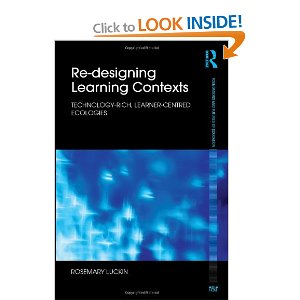Tomorrow evening I am going to an event being hosted jointly between Pearson and the London Knowledge Lab. It will be the first of three seminars that explore the relationships between Artificial Intelligence and Education.
This first seminar poses several questions and I am discussing each of these over a few blog posts:
“Education is a key area in which AI is increasingly present in tools such as adaptive curricula, online personalized tutors, and teachable agents. So should we be worried? What do we know about how smart technologies work, and what might be realistically possible in the near and distant future? And how can artificial intelligence be best, and most responsibly, leveraged to support teachers in their work to improve outcomes for learners?”
Here are some initial thoughts about each of these:
So should we be worried?
It’s perfectly understandable to be worried about things we don’t really understand and since I suspect that most people don’t understand AI, then that suggests that most people may well feel at least a little apprehensive about AI in the classroom.The truth of the matter is that AI as applied to education is mainly done through building computer models of a particular curriculum, a way of teaching and of the learners who use the AI software. The computer models allow information about learners’ interactions with the AI software to be captured, analysed and used to predict what educational interactions would best suit each particular learner who is using the AI software. A good example of AI based educational software can be found at Carnegie Learning. Their Cognitive Tutors use a ‘model tracing’ approach whereby a subject expert is asked to provide a detailed account of the possible ways in which a student might successfully and unsuccessfully tackle the problems contained within a specified curriculum. The expert’s account is then used as the basis for a computer model of the possible solutions and errors a student might make. As the student progresses through each problem, their path is traced over the model in order to predict what their next steps might be and therefore how the tutor can offer appropriate support. 
These adaptable or personalised software based tutors are not something that we should worry about. They work well for well defined areas of the curriculum, but they do not replace teachers, rather they are complimentary to teachers, because they can free up teacher time to spend on teaching and learning interactions that are not readily replaced by technology.
However there are worries associated with the large-scale uptake of such AI software IF it is seen by managers and administrators as a way of making efficiency savings, rather than a way of maximising the variety of teaching tools that are being used to support learners.
For anyone who wants the research on AI and Education their are several decades of work to be found in the AIED community in their journal and conferences.



